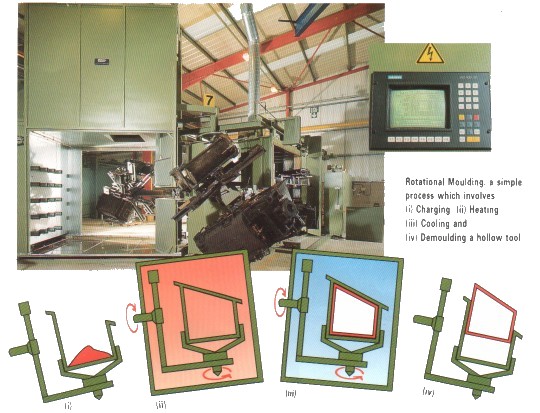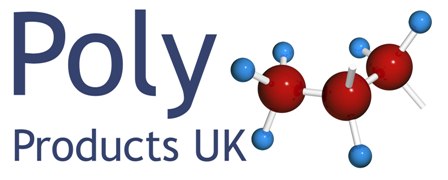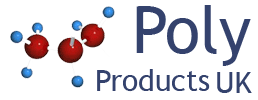Rotational Moulding
The rotational moulding process explained:
- Rotational moulding is a versatile plastics manufacturing process, used to make a diverse range of products for a wide range of industry sectors.
- A hollow moulding tool is charged with a pre–determined amount of plastic material, usually in powder form.
- The tool is then conveyed into an oven and rotated slowly and continuously in its vertical and horizontal axis. The heat from the oven is transferred through the tool wall and at the fusion temperature the plastic starts to adhere to the surface.
- This process continues until all the material is fused.
- The tool is then conveyed, still rotating, to a cooling chamber, where air and water sprays are employed to cool the tool until the moulded part solidifies.
- The final stage involves conveying the tool to the loading/unloading station where the tool is opened and the moulded part is removed.
- The cycle is then repeated…

The rotational moulding process offers more design freedom and flexibility of form than many other moulding techniques. Despite its simplicity and economical tooling, surprisingly complex forms can be achieved that are unobtainable with other processes. The advantages are many and varied:
- Rotational moulding does not involve high pressures, hence the low tooling costs. When rotational moulding is used as an alternative to injection or blow moulding, tooling cost can be reduced by as much as 80 – 90%.
- Low tooling costs enable productions runs of less then 100 to be realised, and make economical prototyping possible, particularly for blow moulding. In addition, experimentation with different wall thicknesses, alternative polymers and a wide variety of surface finishes is not prohibitive.
- Since mouldings do not have to withstand high pressure during the rotational process, they are virtually stress free. In comparison with high pressure moulding processes they are less likely to suffer stress cracking in use.
- Depending on design, Hollow shapes can be moulded without seams, sprues or ejection marks.
- Wall thickness normally remains constant throughout the entire moulding and can be even greater than 10mm. If required, it can be Increased where service stress is likely to be applied.
- Screw threads bosses and metal inserts can easily be moulded in, reducing expensive secondary fabrication.
- Excellent load bearing properties can be achieved with twin-wall cavities or by foam-filling the spaces between the walls.
- Rotational moulding is ideal not only for tough rigid shapes but also for flexible mouldings with deep undercuts, used in the manufacture of inflatable products such as rescue crafts and toys.
- Engineering resins can now be rotationally formed to produce mouldings for continuous service in both high and low temperature environments.
- Both symmetrical and asymmetrical designs can be formed as well as complex, one piece mouldings impossible with other processes.
- Mould surfaces can be textured for safety or aesthetic reasons, or carry moulded-in company logos, information or diagrams.
- Rotational moulding offers great flexibility of size, from small medical squeeze bulbs to bulk storage tanks of over 15,000 litres. However, it is best suited to medium to large mouldings.
- Rotationally moulded engineering polymers can produce high strength, minimum weight mouldings at the lowest possible cost compared with other engineering polymers moulded by other processes.
- Rotational moulding is one of the few processes that permits undercuts, and if these are small, draft angles can be avoided. In addition, if the design does not necessitate an internal male core, no angled taper is needed.
- It’s easier to make changes to a rotational mould than to other types of mould, with the advantage that lead times can be cut to a minimum. In some cases products can go from CAD concept to production in a matter of weeks. This means that design can reflect market requirements.
- No sprues or runners means low materials wastage. Excess material that is cut from a finished component can be recycled immediately in the factory. In addition, waste-free design can be built into a mould, such as a container and lid moulded together and separated afterwards.
- Rotational moulding offers designers the benefit of recyclability. Mouldings tend to be in one thermoplastic polymer, enabling designers to plan for material recovery.

